As winter drags on and on, and warm sunny days become distant memories, discussions in our family always turn to summer holidays. We only go away together once a year so our trip has to tick all the boxes. My daughter won’t fly long haul, my son craves excitement, I like exploring places that are off the beaten track and my wife just wants to drop and flop.
It’s a tricky combination but, as we’ve found out down the years, there are plenty of European seaside towns in unexpected places – places where you can do all the usual seaside stuff and still have a few adventures while you’re there. Here are our family favourites, plus a couple of offbeat resorts I’ve ended up in on my travels for The Spectator. They’re all popular with locals yet relatively undiscovered by outsiders, so you’ll still feel like a traveller, not a sightseer, even if you’re just lounging on the beach.
Binz, Germany
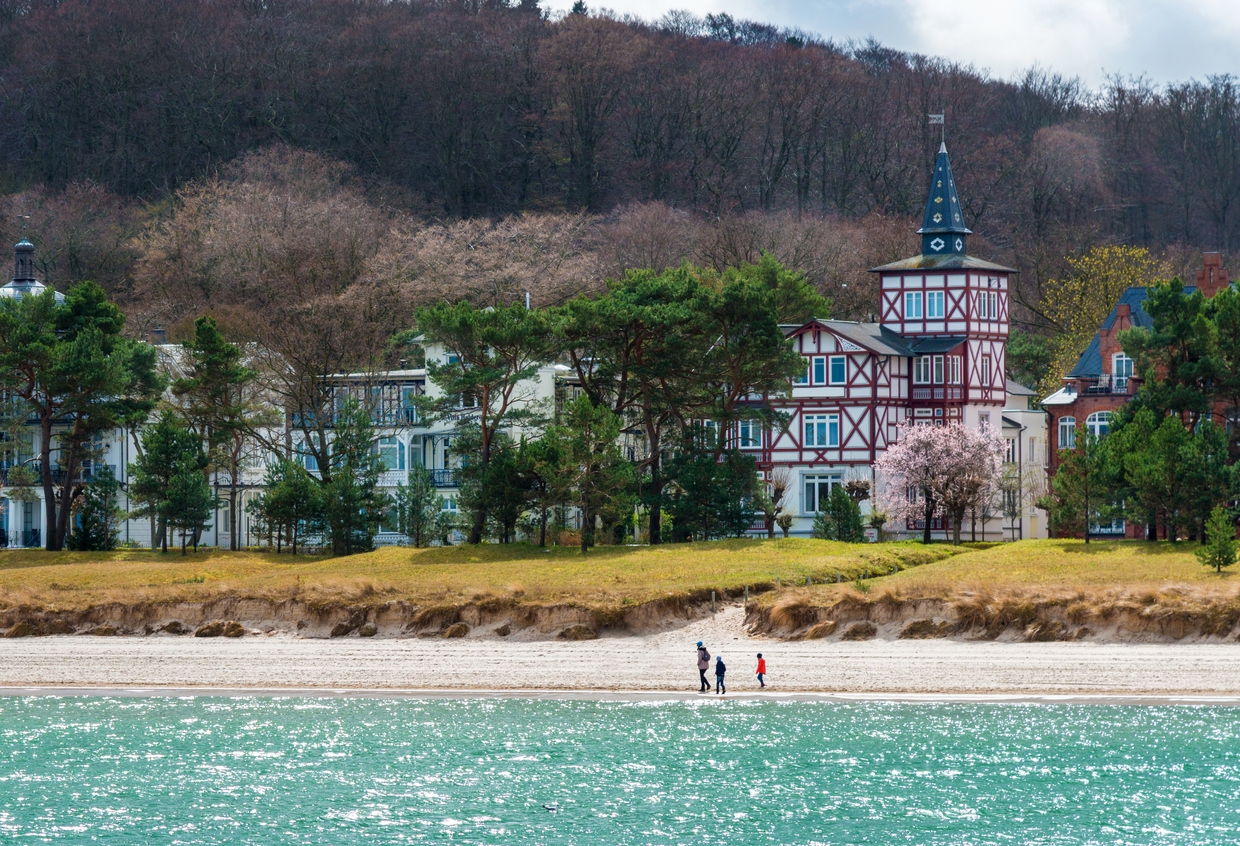
With miles of sandy beaches framed by wild romantic woodland, Germany’s largest island, Rügen, is a bewitching place, and Binz is its liveliest resort. Its beautiful Jugendstil villas have been lovingly renovated and its modern developments are tasteful and discreet. A chic destination between the wars, Rügen ended up behind the Iron Curtain for forty years, but since the Berlin Wall came down it’s enjoyed a remarkable renaissance. There’s no airport (which is a blessing) but getting here is fairly easy nonetheless. A road and rail bridge links the island to the mainland, and there are direct trains from Binz to Hamburg and Berlin.
Constanta, Romania
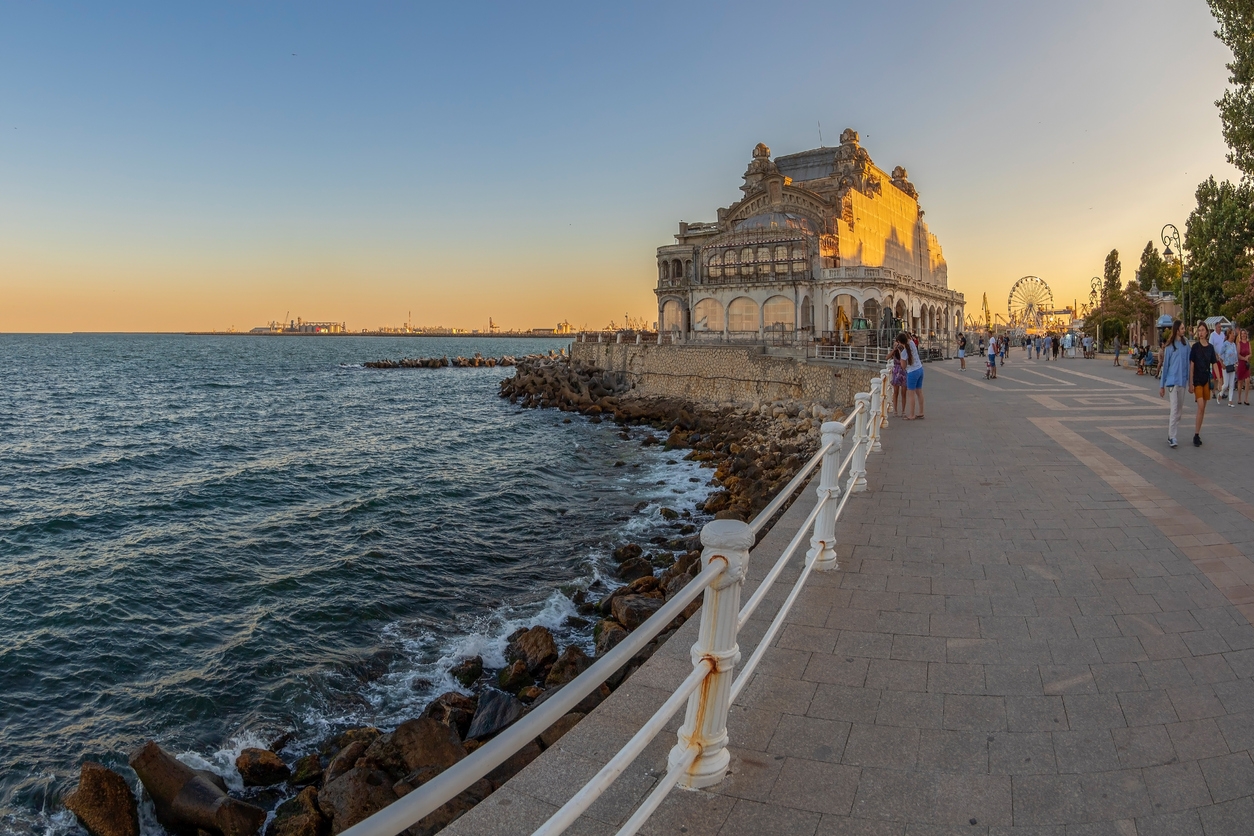
This one’s probably only suitable if you’re feeling really intrepid, but for me this fascinating place is what proper travel is all about. Constanta is where the Danube meets the Black Sea and it’s been an important port since the reign of Constantine, after whom it’s named. I’ve never been anywhere with a more potent sense of the past. A glamorous resort before Communism, it’s ornate but decrepit, crowded with crumbling Byzantine buildings, but although the Old Town is ruinous there are some decent modern hotels, great restaurants, a marvellous archeological museum and a big wide sandy beach.
De Haan, Belgium
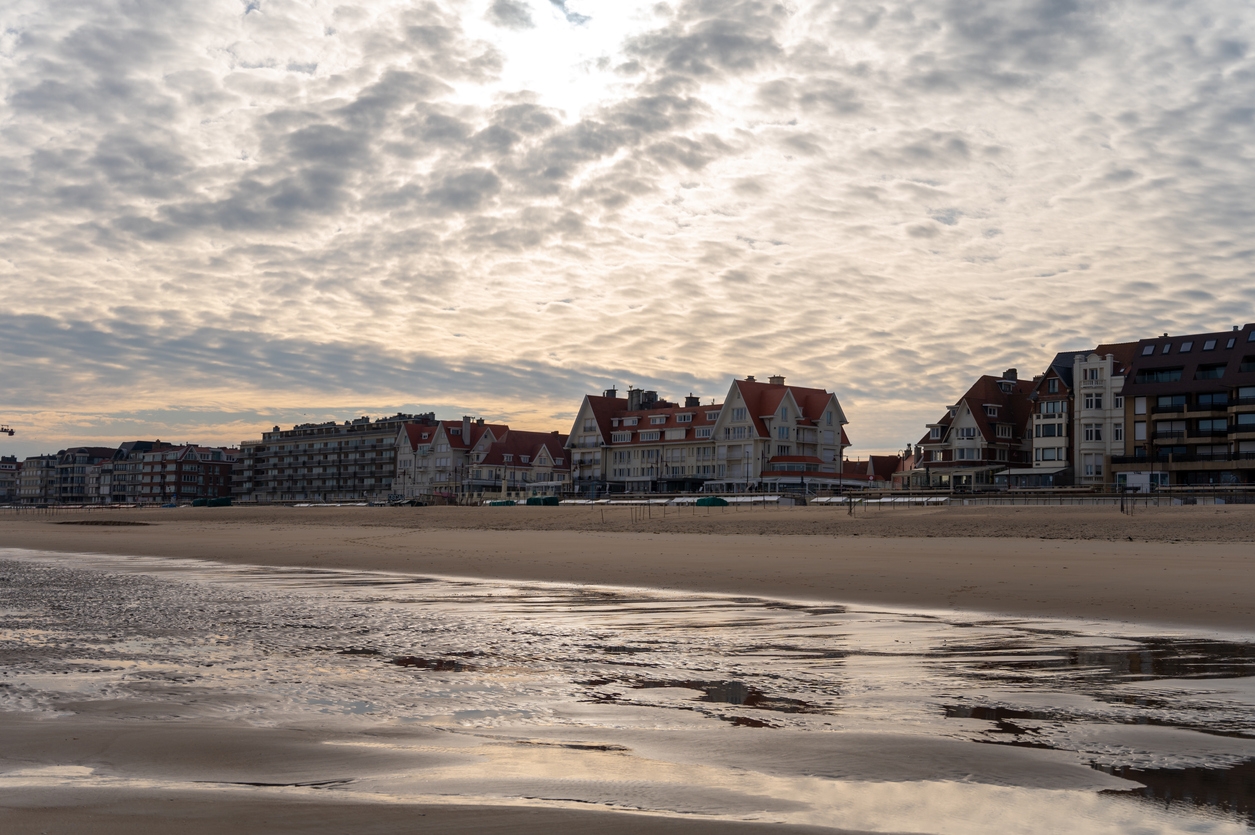
The prettiest resort on Belgium’s compact coastline, De Haan is an exquisite example of ‘Style Normand’ (the Belgian equivalent of Arts & Crafts). Gothic Revival villas are scattered all around the windswept dunes, and there are also some handsome belle époque hotels – and lots of splendid bars and cafes. The food is uniformly excellent (the best moules frites I’ve ever tasted) and the town is an ideal base for exploring the Flemish coast. A tram runs all the way from the French border to the Dutch border and tickets only cost a few Euros. Bustling Ostend is only a few miles away.
Jumala, Latvia
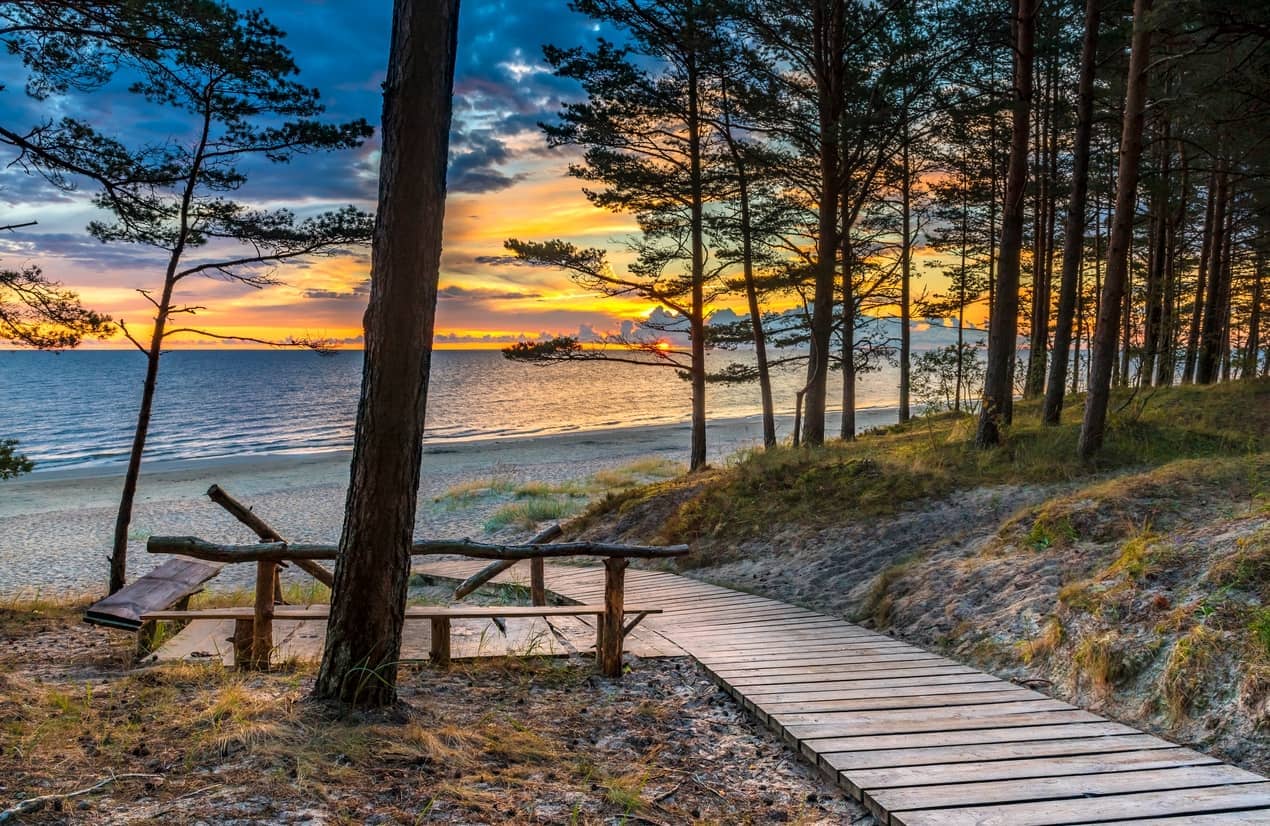
Riga is renowned as a dynamic city-break destination, with an amazing array of architecture, from medieval to Art Nouveau, but few foreign visitors realise that Latvia’s best beaches are only half an hour away by train. Jurmala (which simply means seaside) is the collective term for a string of bucket-and-spade resorts that run along the Baltic Coast, west of Riga, flanked by dense dark forest. Summers here are short but surprisingly hot, and in June, July and August these sandy beaches are swarming with Latvians and Russians, for whom this has always been a favourite holiday destination (particularly during the Cold War, when Latvia was part of the USSR).
Lucerne, Switzerland
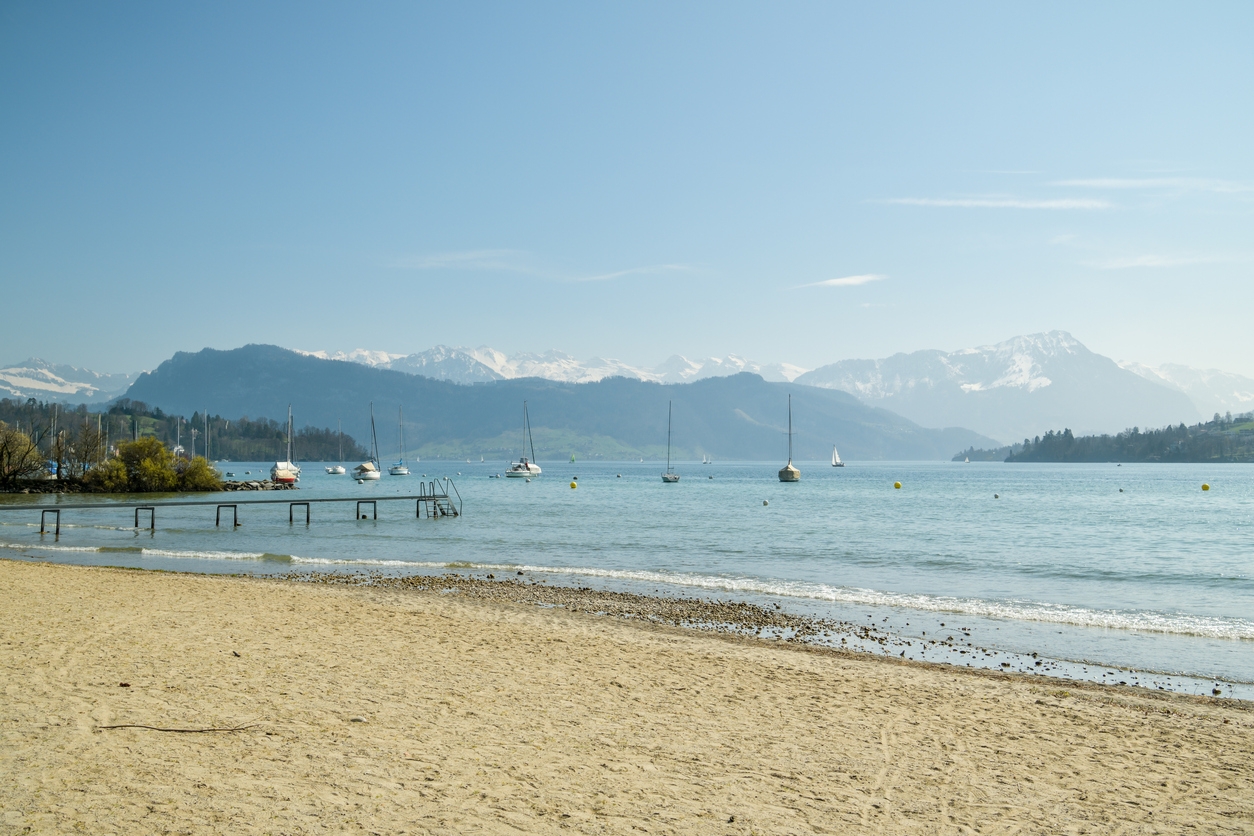
Who says a beach resort has to be by the seaside? Switzerland has loads of beaches on its lovely lakes, and in summer they’re super places to swim or sunbathe. There are plenty of spots where you can take a dip for nothing, but it’s usually well worth paying to use one of the many municipal resorts. A few Swiss Francs buys you access to showers and changing rooms, plus fun stuff like table tennis and beach volleyball. There are dozens to choose from, but my favourite is Strandbad Tribschen, on the green edge of Lucerne. Don’t miss Wagner’s old house (now a museum), a short walk away.
St-Jean-de-Luz, France
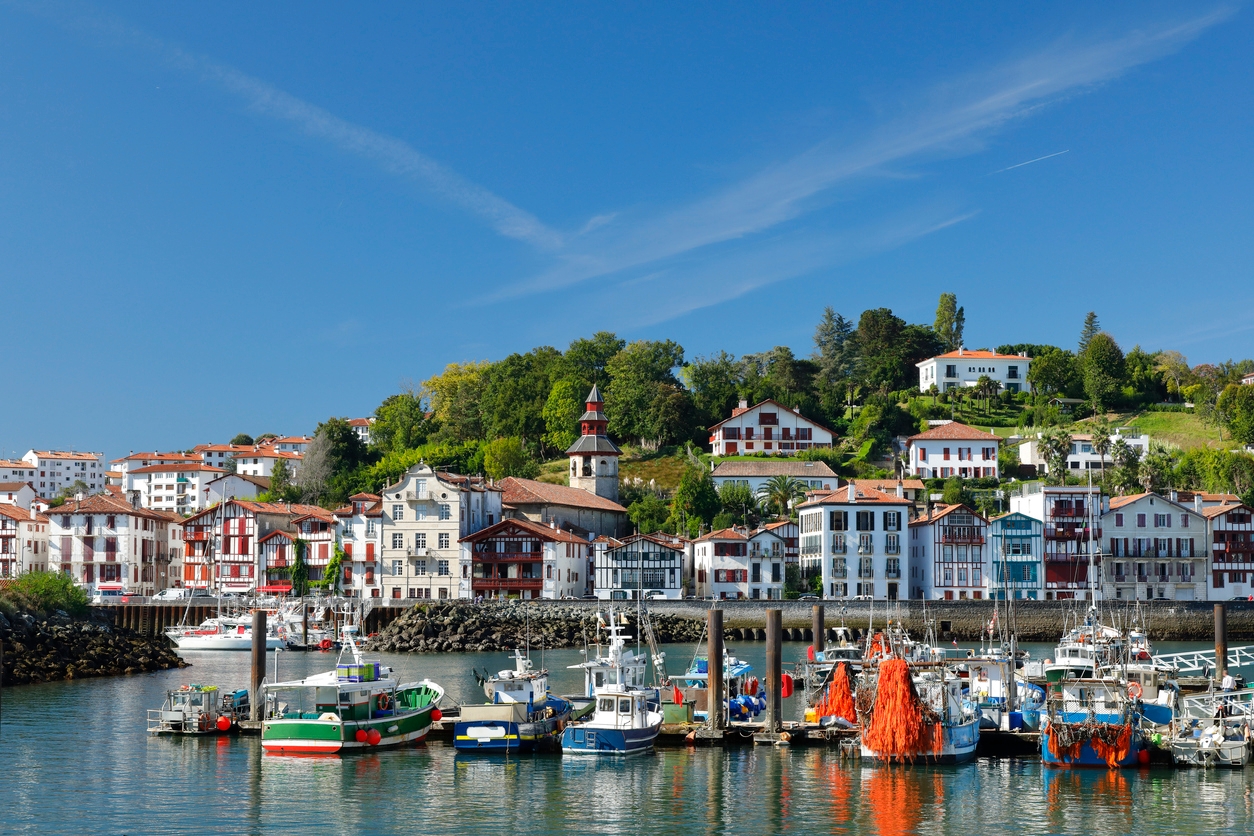
In the south west corner of France, a few miles from the Spanish frontier, St-Jean-de-Luz is a delightfully old-fashioned seaside resort, like the location for a French film from the 1950s (Monsieur Hulot’s Holiday springs to mind). It’s the perfect starting point for a trip along the Basque coast – north to Biarritz or south to Hendaye and across the border into Spain. The town is full of history. This was where Louis XIV married Maria Teresa, the Infanta of Castile, and where Wellington established his HQ during the Peninsular War.
Sitges, Spain
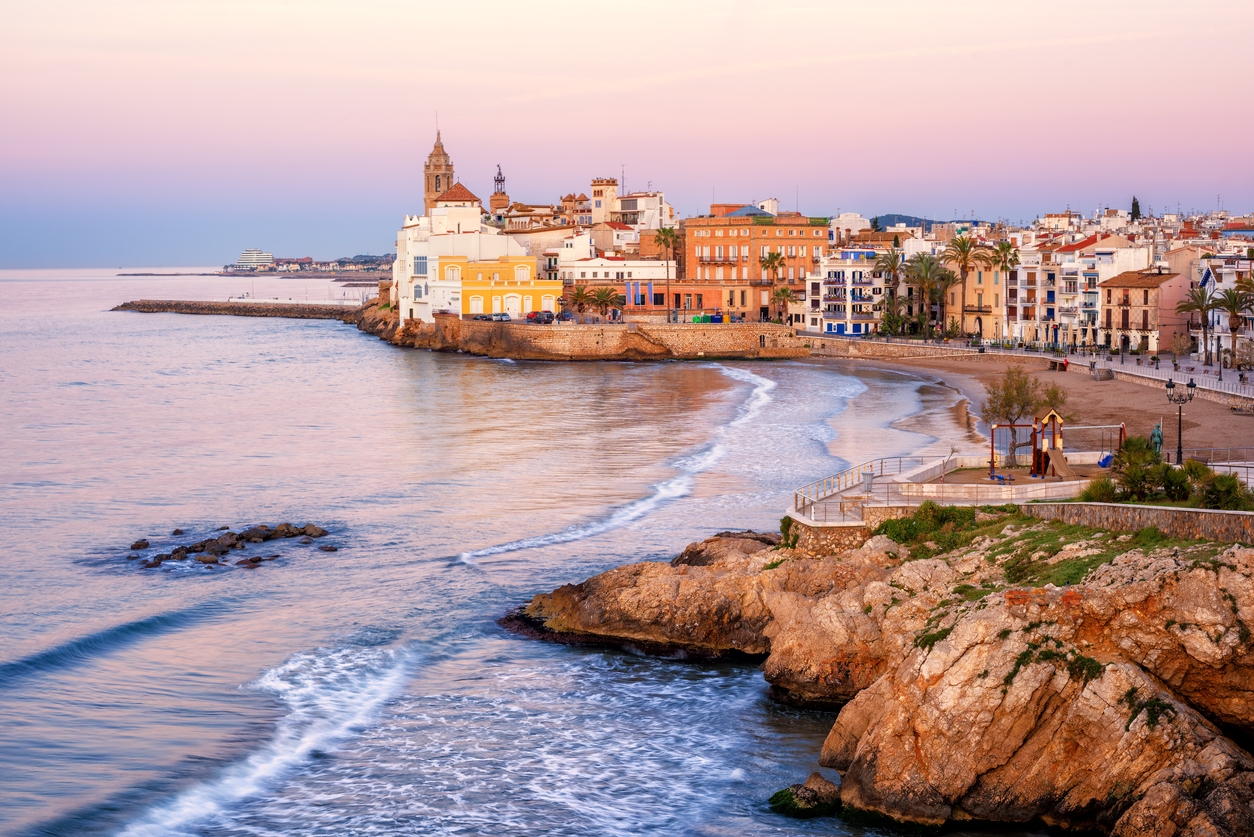
Sitges has been a gay mecca for as long as anyone can remember, but straight couples and families have always been equally welcome in this attractive seaside town. Tourism is a big part of life here, but not the only part. Though gay nightlife gives the town a giddy buzz, it’s also a place where ordinary Catalans live and work, and most visitors are Spanish – mainly day trippers from Barcelona. The Catalan capital is barely half an hour away by train and the historic port of Tarragona is about an hour further south.
Sopot, Poland
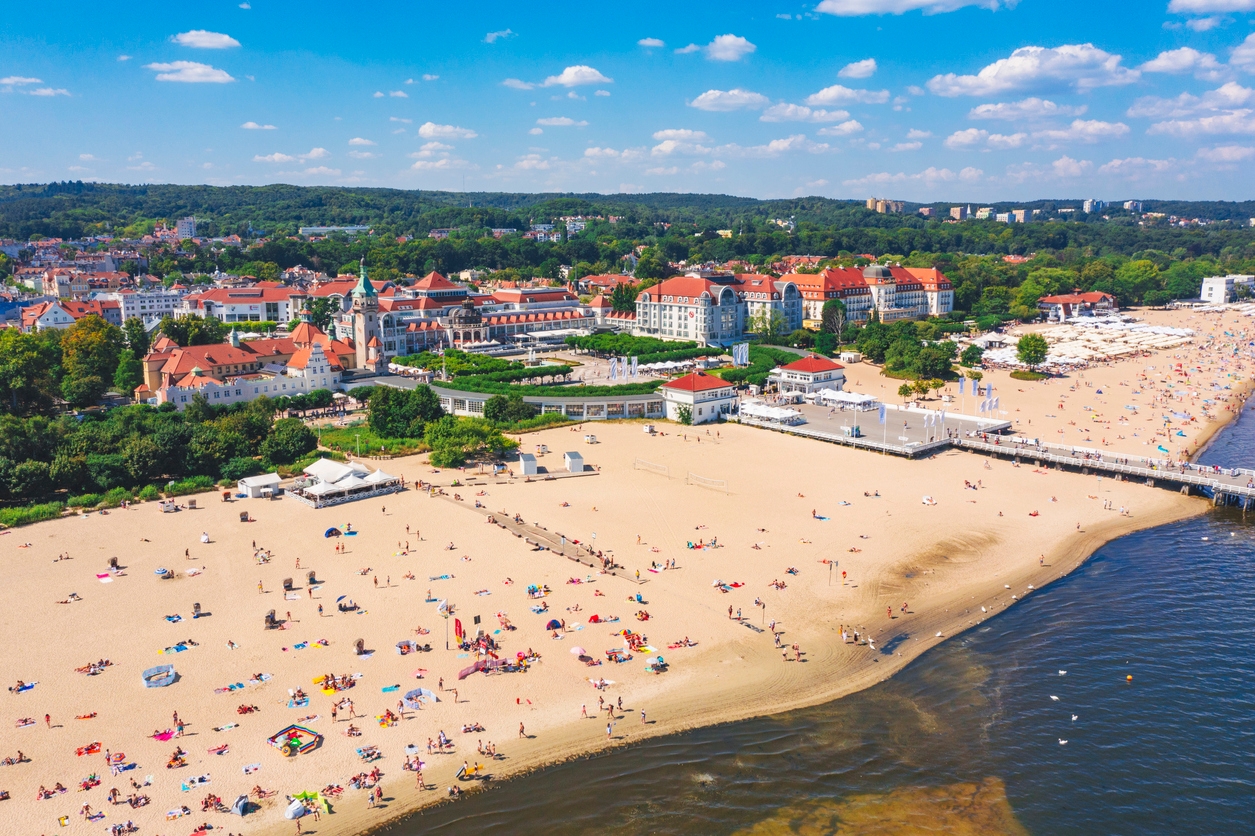
Standing in downtown Gdansk, surrounded by the cranes of Lech Walesa’s shipyards (where Solidarinosc was born) you’d never guess Poland’s smartest beach resort was only half an hour away. Local trains run regularly to Sopot, an old Prussian resort that largely escaped the carnage of the Second World War. When I first came here, in the early Nineties, it felt shabby and forlorn, but since then its whitewashed villas have been wonderfully restored. Its bars and restaurants are always lively, even out of season. Walk out along the long wooden pier for the best views of a town reborn.
Tangier, Morocco
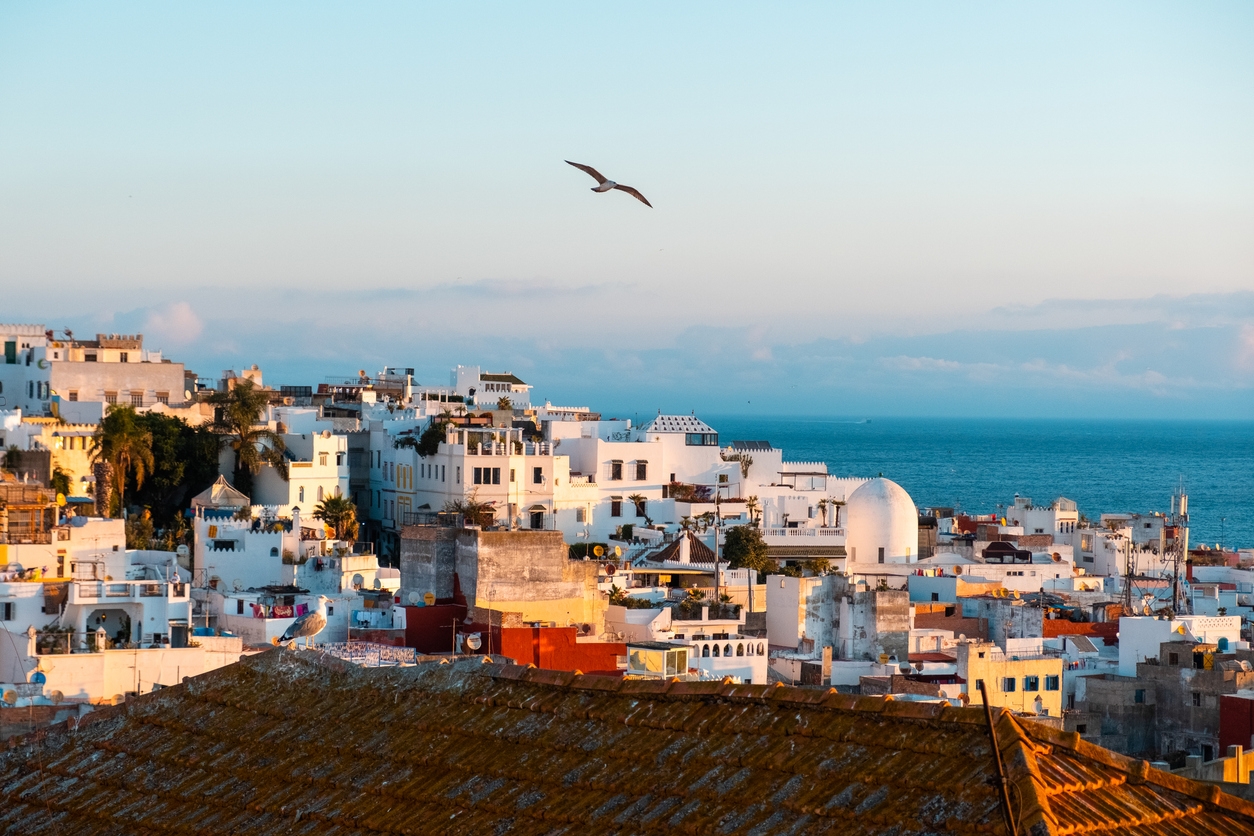
OK, so Tangier isn’t in Europe – not quite – but it’s only a short ferry ride from Spain, and the streetlife of this grungy port has always been an exotic mix of African and European. Colonised by the French and Spanish (and, briefly, by the Brits), for centuries it was a magnet for European artists, layabouts and reprobates. Those decadent glory days are long gone but in the alleys of the Medina some of that louche élan lingers on. Once notorious for crooks and hustlers, Tangier is a lot safer than it used to be, but it’s still an edgy place, with a seductive, sinister ambience, like the setting for a film noir.







Comments